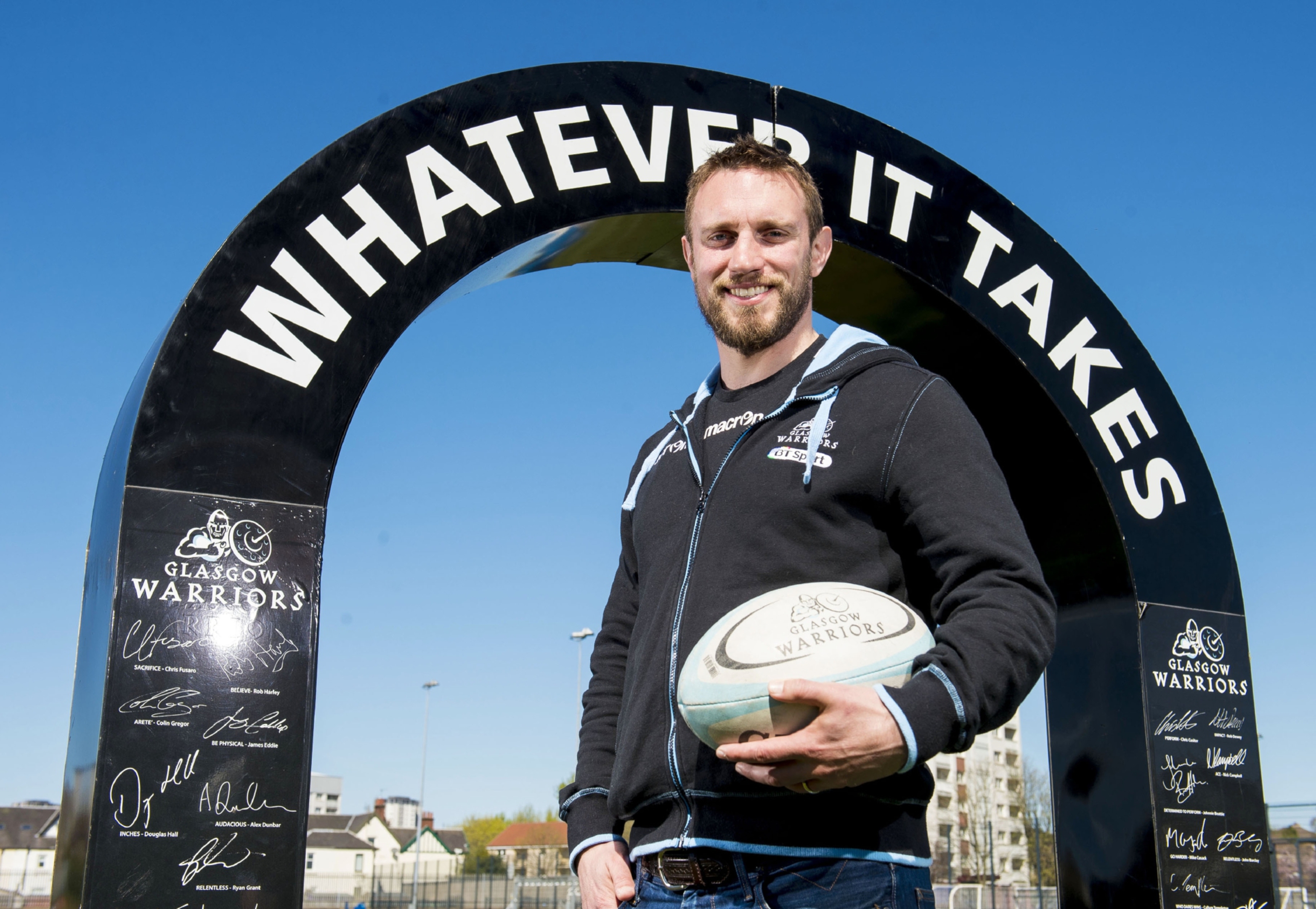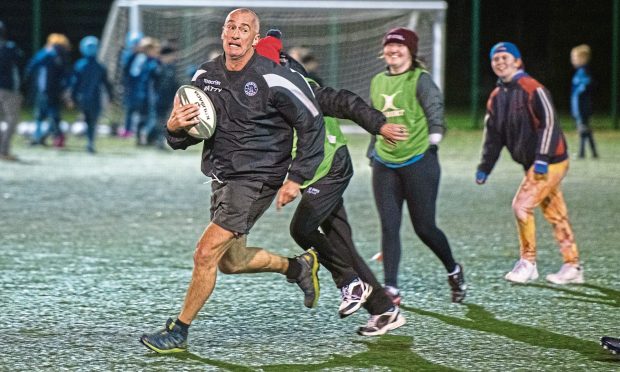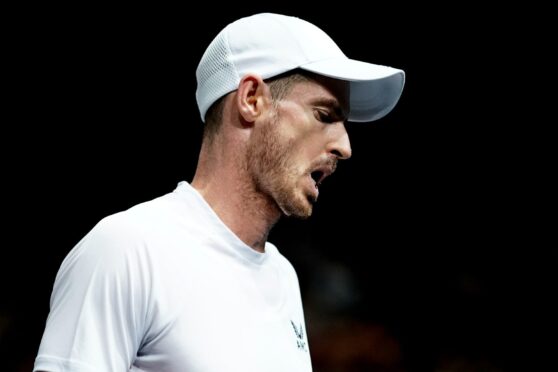Mike Blair might have gone into the media instead of coaching on his retirement, and he admits his “glass half empty” attitude to his illustrious career in pro rugby would have been well suited.
“I am still a bit of a blur,” said Scotland’s most-capped scrum-half wryly of his career as it came to an end with Thursday’s retirement announcement at Scotstoun. “But I find the bad bits are the ones that stick in your head.
“It takes nice people, family people to say you’ve done quite well as well. It’s funny because it’s sort of coincided with my career that it’s been a fairly tough period for Scottish rugby.
“But there have been a few things with Edinburgh, with Scotland, captaining my country, beating Australia away from home.
“I always look at the opportunities missed or potential situations where things could have gone better, but we’ve all got regrets I guess.”
But there’s plenty of highlights to remember from his long career, especially in his decade with Edinburgh and with Scotland.
“The (2012) European quarter-final against Toulouse was a highlight as an event, although I got a dead leg and only played the first half,” he said. “Edinburgh struggled for crowds and there were 38,000 there, as an event it was exceptional.
“But I remember the semi-final (against Ulster) in Dublin better, even tough we were a couple of scores down the whole way, I guess that was one opportunity missed.”
He felt the 2004 team that lost a quarter-final away to Toulouse was a better Edinburgh team, but it wasn’t followed up.
“We got to that quarter-final in 2004 without Todd Blackdder playing,” he continued. “I remember Frank (Hadden) saying that if money wasn’t invested into the game that could be the last for a long while that a Scottish club team made the last eight in Europe, and it ended up being eight years.
“When we played Toulouse in 2012 they had a budget of 37 million euro, so you need things to go right for you. I think in 2004 we were on a relatively even keel but in 2012 we needed a few things to go our way, that crazy game against Racing at home for example.
“But once we got to the quarter-finals and the semi-finals we showed we were a side that could play at that level. It was just hard to maintain that consistency.”
The biggest change in the game in his time has been the spread of specialised coaches, he said.
“At Edinburgh we had one guy, Ken McEwan, doing all strength and conditioning, now there’s four,” he said. “We had just Frank and Henry Edwards as coaches then, now there’s a number of coaches for all disciplines.
“There’s also a greater strength in depth now. I think the best example in Scotland right now is the centres, we’ve got Alex Dunbar, Matt Scott, Peter Horne, Mark Bennett and Duncan Taylor, and they’re all guys who could play for any club in the Northern Hemisphere.
“You have Glasgow going for a second PRO12 championship in succession, and Edinburgh are improving as well. And there’s definitely optimism about this Scotland squad now.”
Blair was actually going to retire last year and start coaching with Glasgow Warriors but Gregor Townsend convinced him to keep playing on a one year deal before starting a planned role next season as assistant coach at Scotstoun, working on attack and skills as well as mentoring scrum-halves and players arriving at the club from outside or through the academy system.
“It’s really exciting, when I sat down with Gregor to discuss it I had a list of things I wanted to do and it turned out to be exactly what he was proposing,” he said. “It’s a great role and I see there’s a hell of a lot of learning to be done.
“It’s certainly not the case just because you’ve been a player you can get into coaching, I need to start working with people. I’ve had some experience, some with Newcastle last season and some when I’ve been injured here, so I’ve had a taste.
“I’ve worked with some very good coaches along the way. It’s the same as playing, you need to take the best bits from each one and I’ve been fortunate to have lots of coaches who worked in different ways and styles, so I’ll put them all together and find my way of doing things.”


